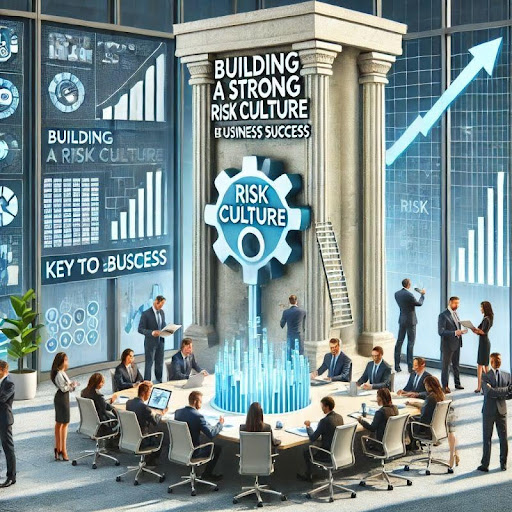Building a Strong Risk Culture: Key to Business Success
In today’s fast-paced business world, a robust risk culture is essential for long-term success. But what exactly is risk culture, and why is it so crucial?
Risk culture 🛡️ refers to the collective values, beliefs, and behaviors within an organization that shape how risks are understood and managed. It’s a subset of the broader organizational culture, focusing on risk-taking and decision-making.
Why Risk Culture Matters
A strong risk culture ensures that all decisions—whether at the executive level or within teams—consider potential risks and opportunities. This leads to better-informed decisions, enhanced resilience, and a competitive edge. It also supports compliance and protects your organization’s reputation by minimizing failures.
Creating an Effective Risk Culture
Building an effective risk culture starts with leadership commitment 🏆. Senior management and the board must visibly support risk management. This commitment should be reinforced through clear communication 🗣️, ongoing training 📚, and integration into daily business processes 📊.
To align risk culture with your wider organizational culture, ensure risk management principles align with your organization’s core values. Promote cross-functional collaboration, develop a shared language around risk, and use storytelling to reinforce positive behaviors.
Measuring and Enhancing Risk Culture
To measure your risk culture, use surveys, key risk indicators (KRIs), and incident analysis. Track these metrics to monitor adoption and impact.
Here’s a simple action plan:
- Quick Wins (0-3 months):
– Engage senior leaders 🏅 to endorse risk management.
– Implement basic risk awareness training 🧠.
– Set up clear communication channels 📨. - Medium-Term Actions (3-12 months):
– Integrate risk management into processes and update policies 📜.
– Introduce risk-related KPIs 📈.
– Form cross-functional committees 🤝. - Long-Term Goals (12+ months):
– Reinforce risk management through training and communication 📢.
– Develop advanced training programs 🎓.
– Regularly review and improve practices 🔄.
The Benefits of a Strong Risk Culture
A well-developed risk culture empowers informed decision-making, resilience, and proactive risk management. It aligns with strategic goals and drives long-term success.
Investing in your risk culture isn’t just about managing risks—it’s about building a foundation for sustained success in a complex world
Tell us what you have done in your organisation to build a strong risk culture?


